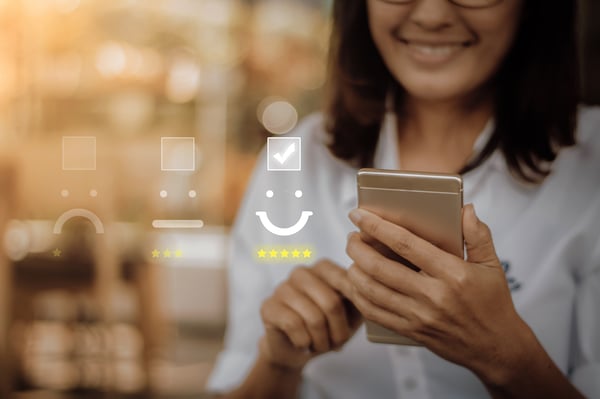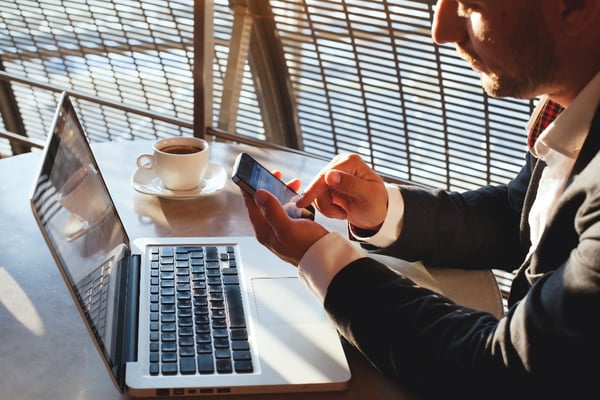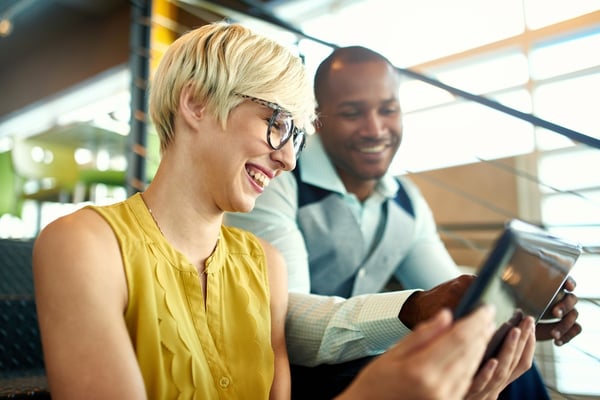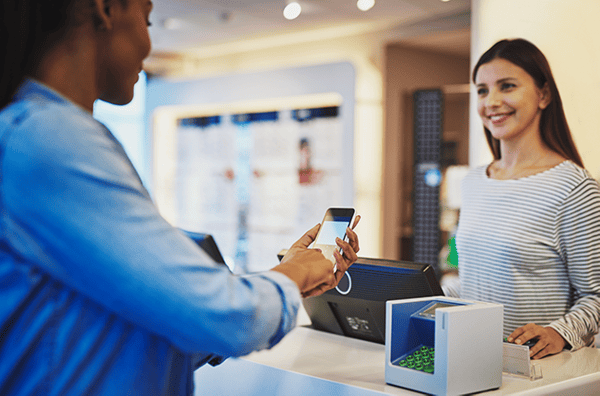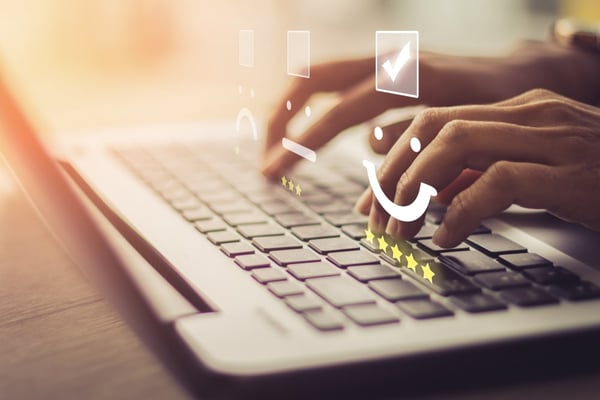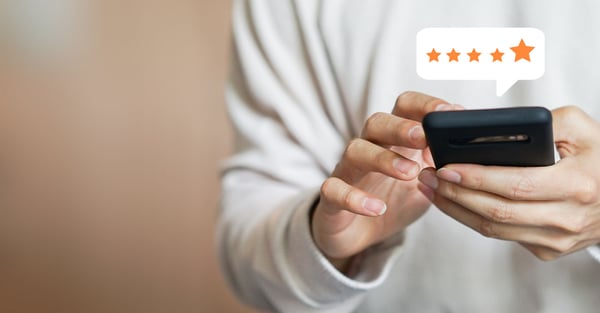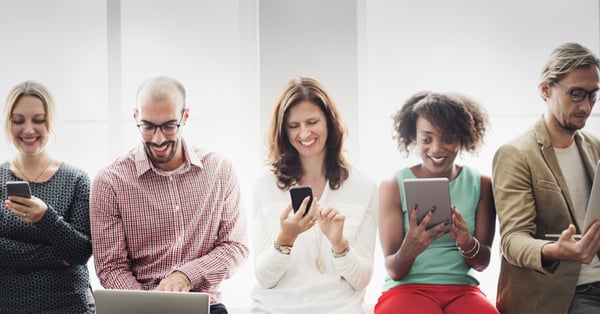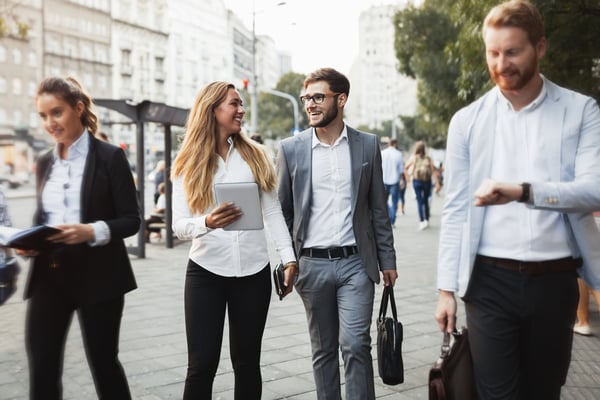- Blog Overview
- Knowledge
- How Personalization Drives Better Experiences
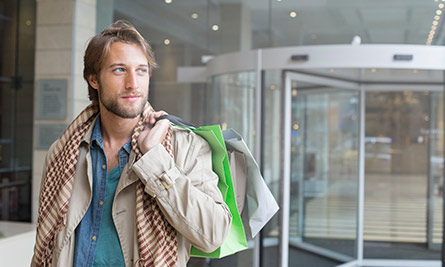
How Personalization Drives Better Experiences
Stefan Cohen |April 23 2015 | 6 min
Consumers are no longer coming to physical stores for the selection or the prices. They can usually find better alternatives to both online. They’re coming for the experience.
Libraries, museums and other public buildings are seeing this shift, too. These industries are feeling increased pressure to provide something that can’t be reproduced online, something that’s worthy of a trip. That something is personalization.
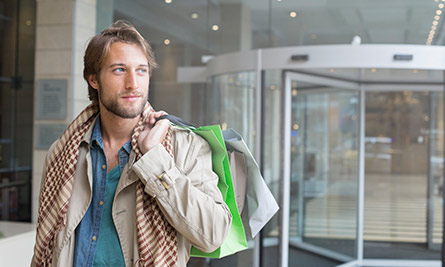
The retail personalization trend of today is the practice of providing an in-store experience that is tailored to each visitor. Personalizing the shopping experience for your customers can increase profit margins, strengthen customer loyalty and level the playing field with mobile and e-commerce.
Changes in culture and demographic have resulted in a shift in consumer expectations. For retail stores and other public places, they want an experience, rather than an explanation. Consumers typically don’t need to make the trip to a retail store. They can find just about anything they need online. Retailers have to make them want to come.
Retailers can’t afford bad experiences.
80% of big companies describe themselves as delivering “superior” service, but only 8% of customers say they’ve experienced “superior” service from these companies. Retaining customers and keeping them loyal to your brand is a challenge. Recent research shows that as many as 90% of the retail customers will simply leave after just one single bad experience. It shows that the experience delivered has to be not only great; it needs also to be consistent during time.
Consumers expect personalization.
Consumers not only want, but expect a personalized experience. They expect retailers to know their preferences and interests. A recent Infosys survey reported that 78 percent of consumers are more likely to be a repeat customer if a retailer provides them with targeted, personalized offers. Failing to provide this personalization will have the opposite result: the CMO Council reported that more than half of U.S. and Canadian consumers consider ending their loyalties to retailers who do not give tailored, relevant offers. And they’re willing to pay for it, too. According to a RightNow Customer Impact Report, 86 percent of consumers will pay up to 25 percent more for a better customer experience.
A personalized product, service or experience is one that has been built based on the observed behaviors or preferences of a shopper. Personalization requires a retailer to get to “know” their customers in a very intimate way if they are to deliver exceptional products or shopping experiences.
So how can retailers begin to offer personalized experiences to improve their customers experiences and engage more closely with them?
Personalization requires knowledge about the customer. The knowledge can come from customer loyalty programs, appointment systems, in-store meet and greeter services, self-service check-in or mobile shopping or social media applications. The knowledge may include name, age, gender, and past service- or shopping history. This knowledge can then be linked to and used by in-store customer engagement platforms to personalize the experience.
The staff serving customers can use this information to locate customers within the store, more efficiently share their knowledge about products and services. But most importantly, it allows them to prepare adapt their communication to offer the right products. A customer who is interested in a particular product will want to meet a person who is not only knowledgeable about the product but that also understands your needs and expectations.
Any digital surface that the user will meet during his visit can be personalized using the same information. Digital signage, mobile applications and even sound communication systems can be tailored to the customer and where in the customer journey he or she is.
The bottom line is – whether it’s greeting customers as they enter your store, sending personalized emails, tailoring deals based on previous purchase behavior or a “recommended products” section – personalization promotes customer loyalty. And loyalty is just as valuable (if not more) as attracting new customers. The retail industry requires that store employees keep their existing customer base satisfied, or else their foundation will crumble.

